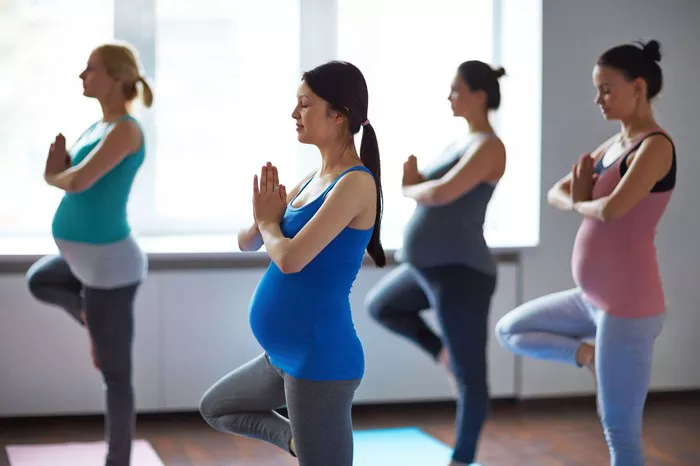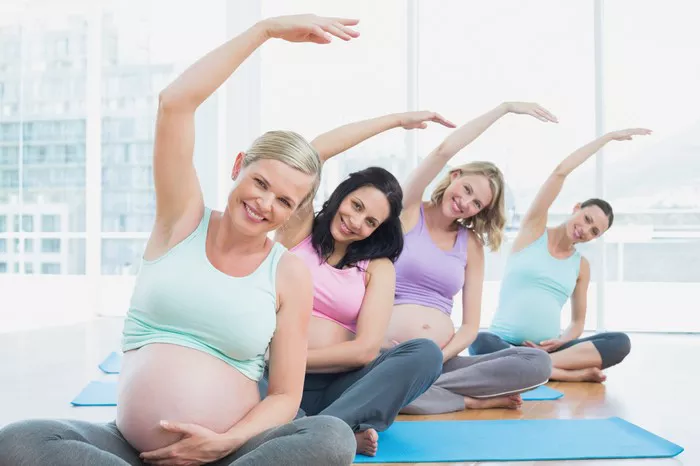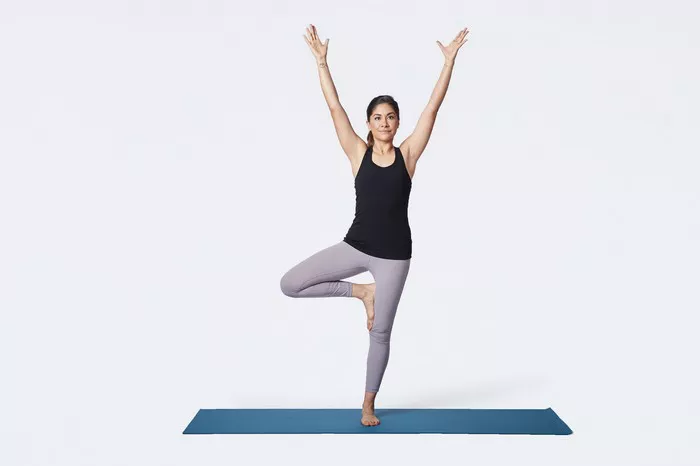Ashtanga Yoga is a long-standing, structured system of yoga that is recognized worldwide for its dynamic practice and profound benefits. Understanding Ashtanga Yoga and the different types within its framework is essential for both beginners and experienced practitioners. This exploration will take a closer look at what is Ashtanga Yoga and its types?
The Ancient Roots and Philosophy Behind Ashtanga Yoga
Ashtanga Yoga traces its origins back to ancient India, deeply rooted in the traditional yoga philosophy. The term “Ashtanga” is derived from the Sanskrit words “ashta,” meaning eight, and “anga,” meaning limbs. This refers to the eight – limbed path of yoga as described by the sage Patanjali in the Yoga Sutras. These eight limbs—Yama (ethical disciplines), Niyama (self – observances), Asana (postures), Pranayama (breathing techniques), Pratyahara (withdrawal of the senses), Dharana (concentration), Dhyana (meditation), and Samadhi (absorption)—form the foundation of Ashtanga Yoga practice.
The philosophy behind Ashtanga Yoga emphasizes the integration of the body, mind, and spirit. Through the systematic practice of the eight limbs, practitioners aim to achieve a state of inner peace, self – realization, and liberation. The physical postures (asanas) in Ashtanga Yoga are not just for physical fitness but are seen as a means to purify the body, prepare the mind for meditation, and facilitate the flow of prana (life force energy) within the body.
The Core Elements of Ashtanga Yoga Practice
Ashtanga Yoga practice is characterized by several core elements that distinguish it from other forms of yoga.
The Fixed Sequence of Asanas
One of the most distinctive features of Ashtanga Yoga is its fixed sequence of postures. The practice follows a specific order, starting with the Primary Series, also known as Yoga Chikitsa (Yoga Therapy). This series focuses on cleansing and strengthening the body, improving flexibility, and building a solid foundation for further practice. As practitioners progress, they may move on to the Intermediate Series (Nadi Shodhana), which aims to purify the energy channels (nadis) in the body, and the Advanced Series (Sthira Bhaga), which is more challenging and focuses on advanced postures and spiritual development.
The fixed sequence is designed to work on different parts of the body systematically, ensuring a balanced and comprehensive practice. Each posture in the sequence builds on the previous one, gradually increasing in difficulty and complexity.
Ujjayi Breath and Bandhas
Ujjayi breath, a deep, audible breath that resembles the sound of the ocean, is a fundamental aspect of Ashtanga Yoga practice. This breath technique helps to warm the body, increase focus, and regulate the flow of prana. By breathing deeply and slowly through the nose, practitioners are able to maintain a steady rhythm throughout the practice, which is essential for synchronizing the movement of the body with the breath.
Bandhas, or energy locks, are another important element of Ashtanga Yoga. There are three main bandhas: Mula Bandha (root lock), Uddiyana Bandha (abdominal lock), and Jalandhara Bandha (throat lock). These bandhas help to control the flow of prana, strengthen the core muscles, and enhance the overall effectiveness of the practice. By engaging the bandhas, practitioners are able to direct the energy within the body, improving concentration and stability in the postures.
The Primary Series: The Foundation of Ashtanga Yoga
The Primary Series of Ashtanga Yoga is often the starting point for most practitioners. It consists of a set of postures that focus on cleansing and strengthening the body.
Physical Benefits of the Primary Series
The Primary Series includes a variety of postures, such as forward folds, backbends, twists, and inversions. These postures work on different muscle groups, joints, and organs, helping to improve flexibility, strength, and balance. For example, postures like Paschimottanasana (Seated Forward Bend) stretch the hamstrings, calves, and lower back, while postures like Ustrasana (Camel Pose) open up the chest, shoulders, and abdomen.
Regular practice of the Primary Series also helps to improve digestion, as the twists and forward folds massage the internal organs. Additionally, the inversions in the series, such as Sarvangasana (Shoulder Stand) and Sirsasana (Headstand), help to improve blood circulation, reduce stress, and enhance overall vitality.
Mental and Emotional Benefits of the Primary Series
The Primary Series not only benefits the physical body but also has a profound impact on the mind and emotions. The focus required to perform the postures in the correct sequence, while maintaining the Ujjayi breath and engaging the bandhas, helps to cultivate concentration and mindfulness. As practitioners become more immersed in the practice, they are able to quiet the mind, reduce distractions, and experience a sense of inner peace and calm.
Moreover, the physical challenges presented in the Primary Series can also help to build mental resilience. Overcoming difficulties in the postures teaches practitioners to persevere, be patient with themselves, and develop a positive attitude towards challenges in life.
The Intermediate Series: Purifying the Energy Channels
The Intermediate Series, also known as Nadi Shodhana, is a more advanced level of Ashtanga Yoga practice. It focuses on purifying the energy channels in the body, enhancing the flow of prana, and preparing the body for the Advanced Series.
Postures and Their Significance
The Intermediate Series includes a number of challenging postures that require greater flexibility, strength, and balance compared to the Primary Series. Postures like Eka Pada Rajakapotasana (One – Legged King Pigeon Pose) and Kapotasana (Pigeon Pose) are included in this series, which open up the hips, chest, and shoulders, and stretch the spine.
These postures are designed to work on specific energy channels in the body, helping to remove blockages and restore the free flow of prana. By purifying the nadis, practitioners can experience improved physical health, increased mental clarity, and a deeper sense of spiritual connection.
The Role of the Intermediate Series in Spiritual Development
In addition to its physical benefits, the Intermediate Series plays an important role in spiritual development. As the energy channels in the body become purified, practitioners are able to access higher states of consciousness more easily. The challenging nature of the postures in this series also helps to cultivate discipline, determination, and self – awareness, which are essential qualities for spiritual growth.
The Advanced Series: Mastery and Spiritual Enlightenment
The Advanced Series of Ashtanga Yoga is the highest level of practice within the Ashtanga framework. It is designed for experienced practitioners who have mastered the Primary and Intermediate Series and are ready to take their practice to the next level.
The Complexity of the Advanced Series
The Advanced Series consists of extremely challenging postures that require exceptional strength, flexibility, and balance. Postures like Vasisthasana variations, handstands, and advanced backbends are included in this series. These postures not only test the physical limits of the practitioner but also require a high level of mental focus and concentration.
The Advanced Series is divided into several sub – series, each with its own unique set of postures and challenges. Practitioners progress through these sub – series at their own pace, based on their individual abilities and readiness.
Spiritual Aspirations of the Advanced Series
The ultimate goal of the Advanced Series is spiritual enlightenment. Through the practice of these advanced postures, combined with the Ujjayi breath and bandhas, practitioners aim to achieve a state of Samadhi, or absorption in the divine. The Advanced Series is seen as a means to transcend the limitations of the physical body and mind and to realize one’s true nature as a spiritual being.
Conclusion
In conclusion, Ashtanga Yoga is a rich and comprehensive system of yoga with a deep philosophical foundation and a structured approach to practice. The different types of Ashtanga Yoga, from the Primary Series to the Advanced Series, offer a progressive path for practitioners to develop physical strength, flexibility, mental clarity, and spiritual awareness. Whether one is a beginner looking to build a solid foundation or an experienced practitioner seeking spiritual enlightenment, Ashtanga Yoga has something to offer.
























